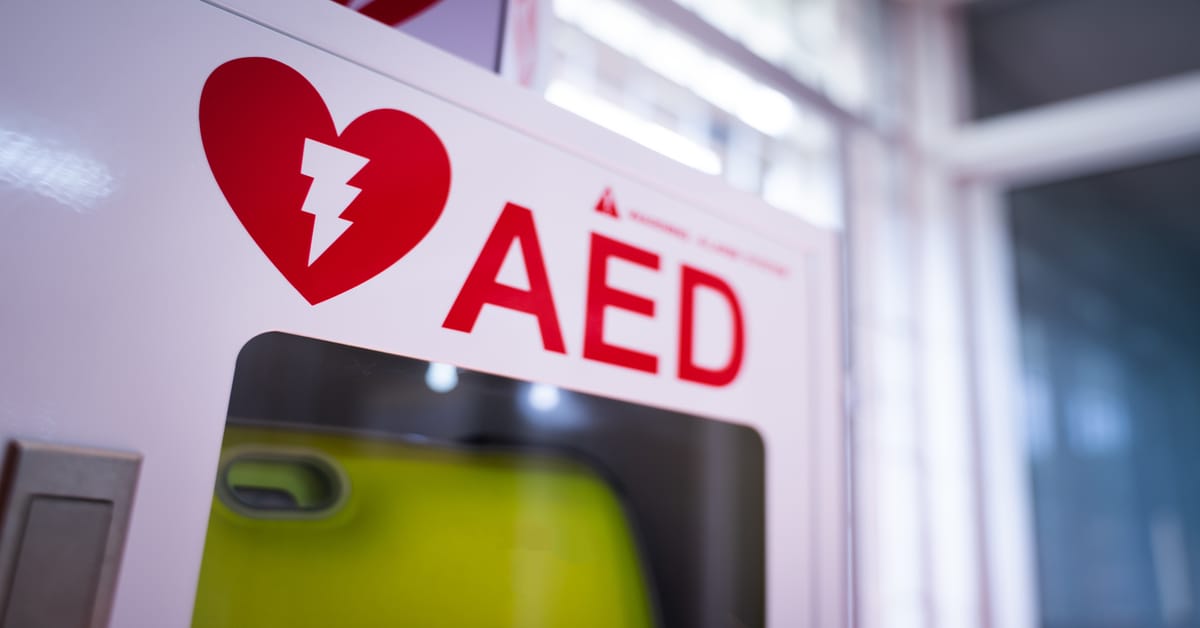A sudden cardiac arrest (SCA) can occur without warning, requiring immediate medical intervention to restore a normal heart rhythm. Automated external defibrillators (AEDs) are invaluable tools in these emergencies. Knowing the differences among various AEDs helps healthcare facilities make informed purchasing decisions to protect patients and staff.
Public Access AEDs
Designers create Public Access Defibrillators (PADs) for individuals with minimal training. These devices feature clear, simple instructions and often include voice prompts to guide the user through each step of the process. Their straightforward interface makes them ideal for environments like corporate offices, schools, and other public venues where medical professionals may not be immediately available.
PADs analyze the patient’s heart rhythm and determine if a shock is necessary, a feature that minimizes the risk of user error. While the PADs’ design intends simplicity, they remain robust and effective tools in emergencies.
Professional-Grade AEDs
Medical professionals, such as paramedics and hospital staff, use professional-grade AEDs. These models offer more advanced features, including manual override capabilities, which allow clinicians to control the timing and energy level of electrical shock. They often provide detailed ECG monitoring and data recording, which are vital for post-event analysis and patient care.
These devices offer a higher level of control for experienced users. While more complex than public access models, their advanced functionalities are indispensable in a clinical setting.
Semi-Automatic vs. Fully-Automatic AEDs
The different types of AED devices also fall into two operational categories: semi-automatic and fully-automatic. A semi-automatic device prompts the user to press a button to deliver a shock after it analyzes the heart rhythm and determines if one is necessary. This feature gives the rescuer final control over the shock administration.
Conversely, a fully-automatic AED delivers the shock on its own after issuing a verbal warning to stand clear. This design can reduce the time to the first shock and eliminate any hesitation on the user’s part. Both types are effective, and the choice between them often depends on organizational protocols and user training levels.
Making an Informed Decision
Choosing the right AED requires careful assessment of your facility’s environment, the expected skill levels of users, and your budget. Each type of AED serves a specific purpose, from easy-to-use public-access models to advanced, professional-grade units. By understanding these differences, healthcare business leaders can effectively equip their organizations, enhancing safety and readiness for cardiac emergencies.







